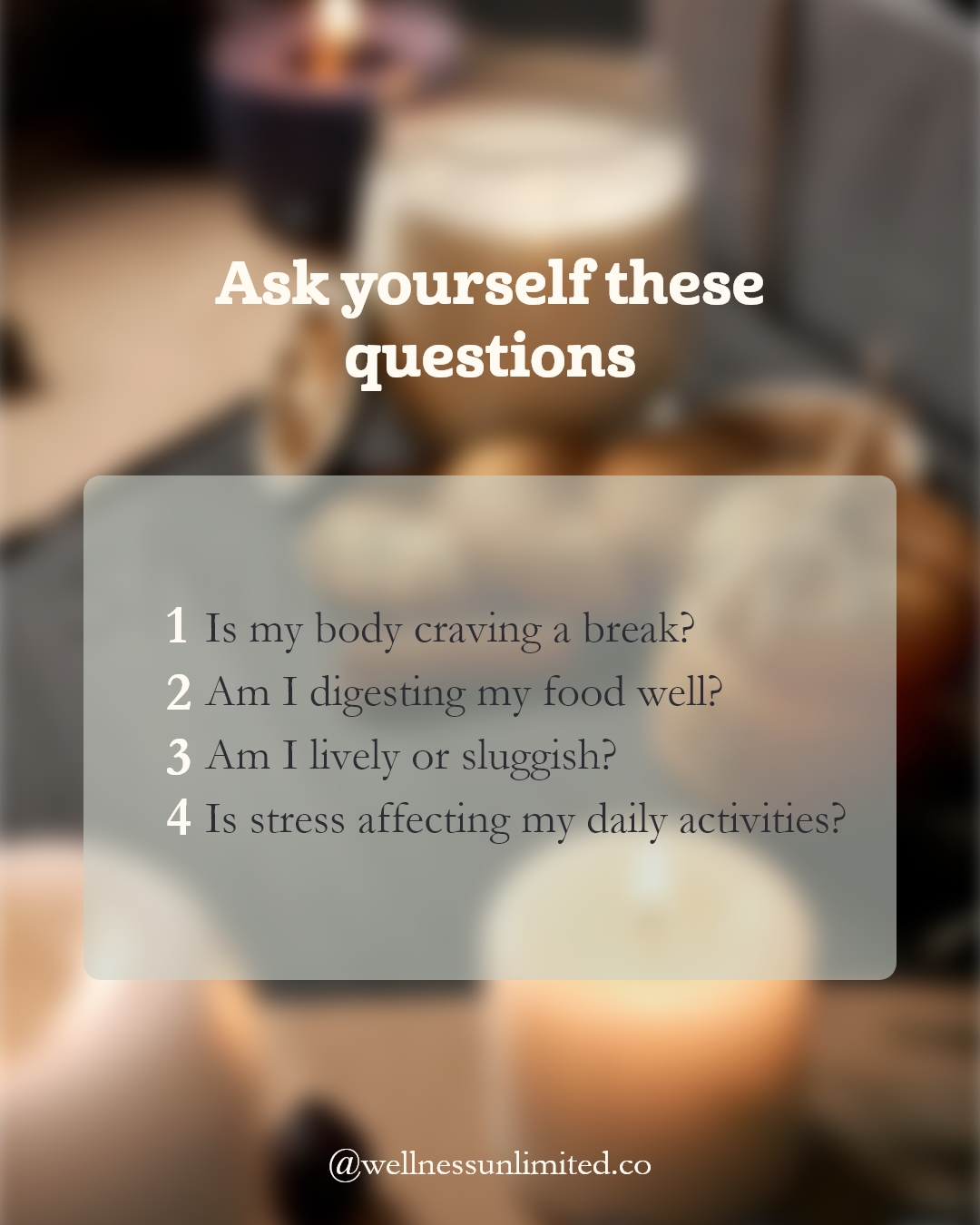
Without further ado, let’s talk about the top 5 daily wellness practices that have a positive impact on my everyday life.
Disclaimer: The following daily wellness checklist is based on my own experience. Just like anything else in wellness, what works for me might not work for you. Take the time to listen to your body and understand what is best for your own individual needs.
This might be the easiest thing you can do to take care of yourself. Just heat up some water, pour yourself a glass and drink it first thing in the morning on an empty stomach – it’s that easy!
This Ayurvedic practice is rooted in the body’s natural state, which is moist and warm. So, what are the actual benefits of drinking a glass of warm water in the morning?
Incorporating daily routines into your life can help balance your whole system, regulate your body clock, and digestion. Movement, meditation, selfcare and sensory practices all have a positive impact on mental and physical health.
For some people it might be better to slowly incorporate some of the following habits, as starting too many at once might be overwhelming. The key is not to give up! Stick with them until they become second nature!
Here are a few activities you can incorporate in your morning routine:
Here are a few activities you can incorporate in your nighttime routine:
Diaphragmatic breathing, abdominal breathing or belly breathing has a wide range of benefits, including:
The parasympathetic nervous system restores the body to a state of calm and is activated by diaphragmatic breathing. The longer the exhalation, the better it engages and tells the body we’re in a safe zone.
When you think about it, we breathe automatically – it’s natural to us, whether we’re aware of it or not. By consciously breathing in a specific rhythm, you can gradually induce the involuntary nervous system to bring your body back into the green zone.
There are many breathing techniques you can incorporate into your daily routine that can easily become part of your everyday habits. Even consciously breathing slowly from your belly every once in a while when you remember to do so is better than not doing it at all!
One breathing exercise I do in bed every night is the 4-7-8 breathing technique.
Hot tip: If you practise this at the same time every day, you will have a much higher chance of successfully implementing it as a new habit!
If you’re reading this, you’re probably into health and wellness already and you’ve most certainly heard this before. But do you know exactly why colourful foods (aka. eating the rainbow) is so important?
Eating fruits, vegetables, legumes, and even spices of various colours strongly diversifies our intake of phytonutrients*. Needless to say, these benefits do not apply to artificially coloured food.
*plant nutrients
This is how we do it at home!
When I return home from my weekly food shopping I always try to take a picture of my fruits and vegetables. Why? It’s easier to count how many colours I have and identify what’s missing. You should try this too, it has helped me consciously improve my shopping habits!
Nobody knows your body better than you. When you’re feeling slightly “off”, asking yourself some questions can be incredibly helpful, such as:

There are tons of questions you can ask yourself to better understand your needs. Take time to think about it, as they will help you make better health related decisions. Your body is beautiful and will tell you what it needs every day. All you need to do is tune in, listen and take actions towards meeting these needs.
By adding journaling or digital tracking to your daily routine, you’ll be gathering real data on:
If you’re more of a tech-aficionado, there are apps and connected devices that can help you track this information. If not, a good old agenda or notebook and pen will do the job as well!
For better tracking skills, you can always seek the help of a health coach. Your health coach of choice will provide you with the right tools to track specific and goal-oriented metrics and guide you on how to analyse them to develop new healthy habits that suit you better, thus improving your overall health and wellbeing!

Discovering the transformative power of an anti-inflammatory lifestyle has been my personal journey of healing and growth. Through my own experiences and dedicated study, I’ve compiled years of insights, which I’ve poured into this ebook.
Inside, you’ll discover: